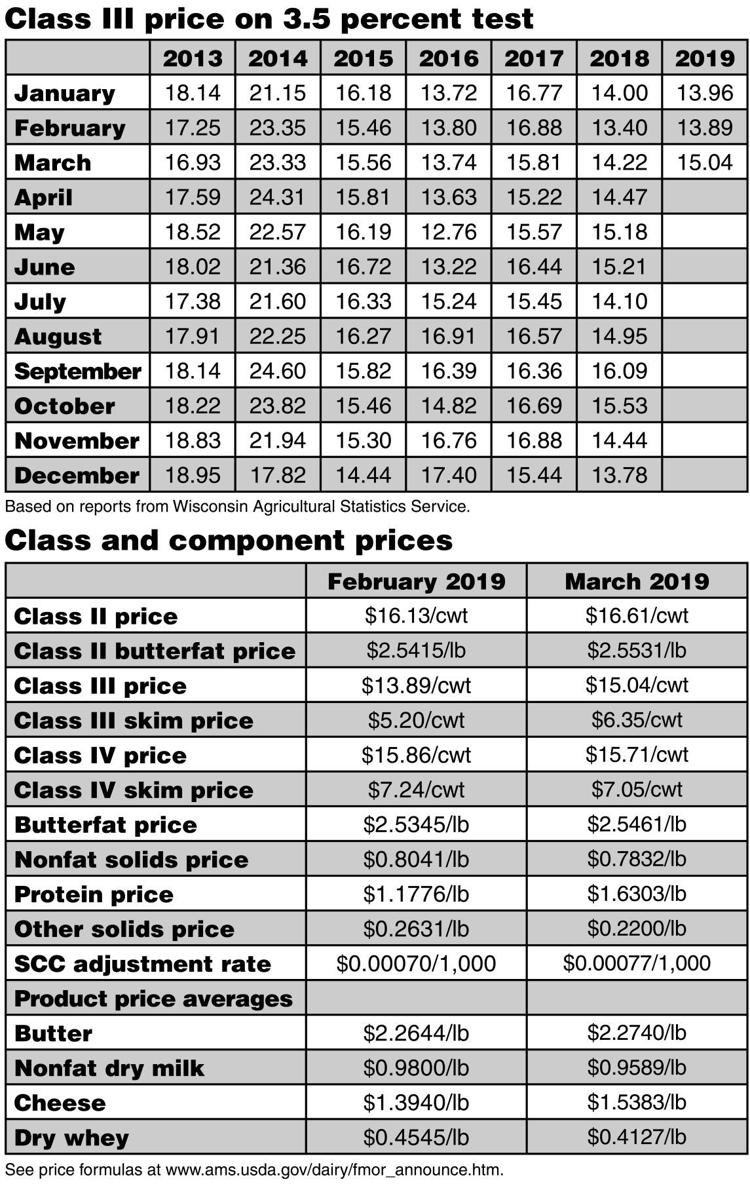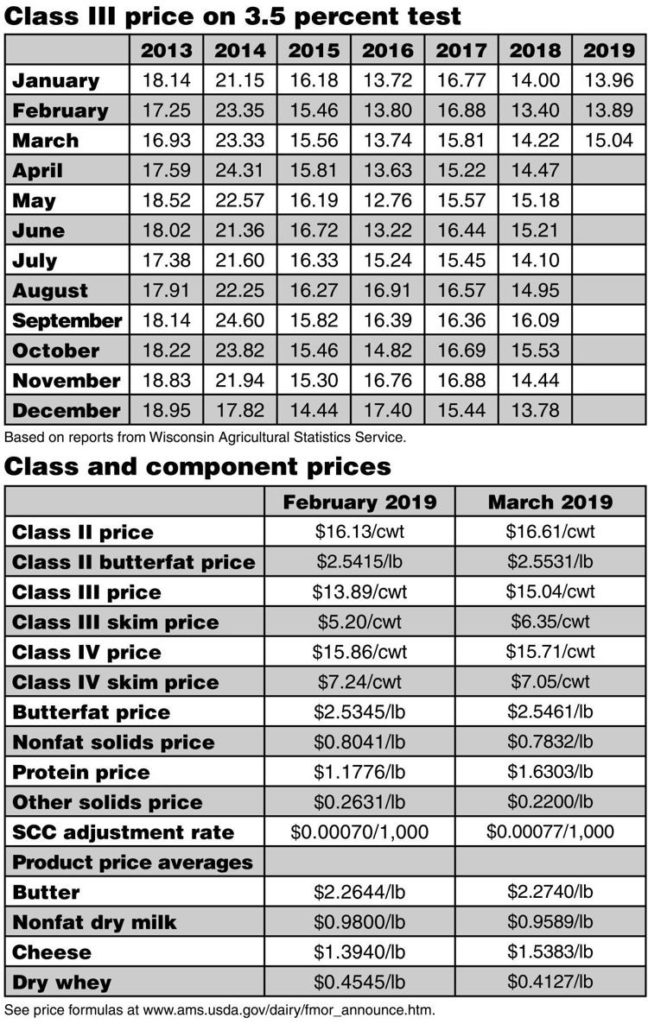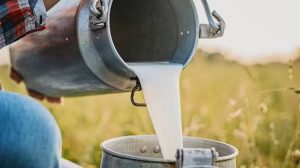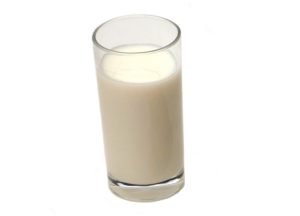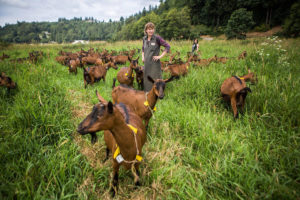That’s up $1.15 from February and 82 cents better than March 2018. It’s also the highest Class III milk price since last October, when Class III milk was worth $15.53.
The Wisconsin all-milk price for February was $16.30 per hundredweight, according to the latest National Agricultural Statistics Service price report. This was a dime higher than the previous month and 70 cents higher than February 2018.
The U.S. all-milk price for February was $16.80 per hundredweight, 50 cents higher than Wisconsin’s price and up 20 cents from the month before. Twenty of the 23 major milk-producing states saw a higher price when compared to January, and three states had no change. Iowa reported the biggest jump, up 50 cents to $16.80 per hundredweight.
In their March “Dairy Situation and Outlook” podcast, UW-Madison’s Bob Cropp and Mark Stephenson said milk prices are on a trajectory to be quite a bit better by this fall.
“I would not rule out $17,” Cropp said, adding that current dairy futures are too soft for later this year. He expects to see $16 by May or June and upper-$16s by the fourth quarter.
With U.S. milk production trending lower, Stephenson said he hopes the 2019 spring flush will mean a flush of burdensome dairy stocks, rather than the usual surge in production seen with the warmer weather.
He said exports have been better than expected in light of trade concerns, but there’s still “room for improvement.” Despite continued uncertainty and erratic Chinese buying, foreign sales still should lend some support to the market.
The heifer supply has tightened, he said, to the point where the industry may not see an “explosive growth” in the milk supply if prices rise enough to support that.
The futures market ended March on a mixed note following a volatile week, according to the latest commodity report from Stewart-Peterson. The volatility likely was a result of blocks only seeing a single trade the entire week.
“This type of low volume can drive prices around erratically, and it isn’t too much of a surprise to see prices slide back down,” the report stated. “It was good to see that March was still able to maintain above $15 while April was able to gain over 40 cents on the week.”
